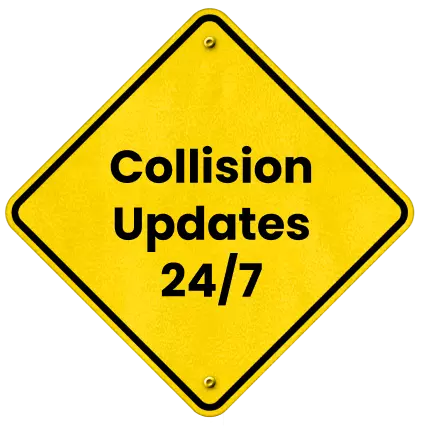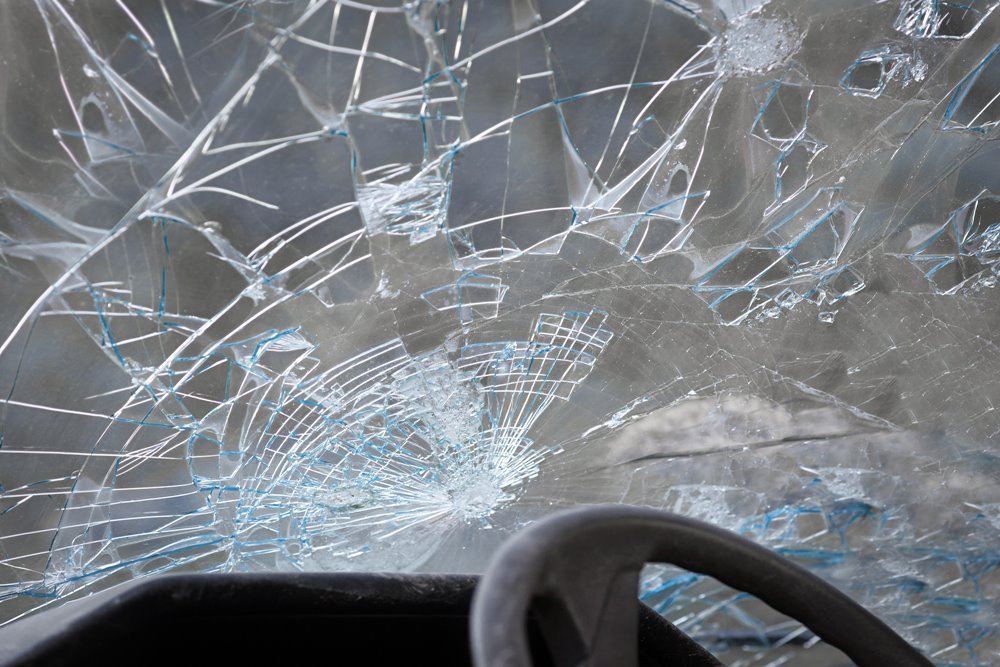Interstate 5 (I‑5) is one of the busiest highways on the West Coast, running through California, Oregon, and Washington. Accidents on I‑5 can happen suddenly, ranging from minor fender-benders to serious multi-vehicle collisions. Properly documenting evidence immediately after a crash is critical for protecting your rights, pursuing insurance claims, and supporting potential legal action.
This I‑5 accident evidence checklist will guide you through the steps to ensure nothing is overlooked.
Why Documenting Evidence Is Crucial After an I‑5 Crash
Crashes on I‑5 often occur at high speeds, involve commercial vehicles, or happen under challenging weather and road conditions, making accurate documentation essential for protecting your interests. Properly documenting I‑5 crash evidence helps establish fault, provides concrete proof of damages, and safeguards both your legal and insurance rights. Failing to record key details immediately or waiting too long can make it difficult to reconstruct the event accurately, weakening your case and potentially limiting recovery options.
Each accident is unique, but systematic documentation serves as a foundation for all types of crashes. Whether you are involved in a rear-end collision, a sideswipe, a multi-vehicle pileup, or a weather-related incident, collecting detailed evidence promptly is critical. Photos and videos of vehicle damage, skid marks, roadway conditions, and surrounding hazards capture the scene as it actually occurred. Witness statements and contact information preserve independent accounts of the accident. Medical records, repair estimates, and even environmental observations, such as weather or traffic patterns, further strengthen your case.
Taking these steps immediately after an accident not only protects your rights but also helps insurance adjusters, legal professionals, and investigators understand the sequence of events. Early evidence collection reduces the risk of disputes over liability and ensures that you have a comprehensive record to support potential claims. In high-speed corridors like I‑5, where crashes can escalate quickly and multiple factors may contribute, thorough documentation can make a significant difference in achieving a fair outcome and securing the compensation you need for recovery.
Essential I‑5 Accident Evidence Checklist
After any crash, taking prompt action is essential to preserve critical information that can support insurance claims and potential legal cases. Begin by taking detailed photographs of all vehicles involved, including license plates, damage from multiple angles, and any relevant modifications. Be sure to capture skid marks, traffic lights, road signs, lane markings, and surrounding conditions such as debris, construction zones, or guardrails. Even small dents or scrapes should be photographed, as they may later help establish impact points or vehicle movement. Whenever possible, timestamp your photos for accuracy.
Next, gather information from witnesses. Record their full names, phone numbers, and brief statements about what they saw. Independent witnesses can be especially valuable if there is any dispute about fault. Ask them to describe events in their own words and take notes immediately before memories fade.
Always request a copy of the official police report. Ensure the responding officer documents the sequence of events, vehicle positions, and any citations issued. Be sure to note the officer’s name and badge number in case further clarification is needed later.
For crashes involving commercial vehicles like trucks or buses, collect any available driver logs, electronic recorder data, and cargo manifests. Maintenance records, inspection stickers, and weigh-station documentation can also provide insight into potential mechanical issues or driver violations.
Medical documentation is equally important. Keep detailed records of all injuries, treatments, hospital visits, prescriptions, and physical therapy sessions. Even minor injuries should be evaluated promptly, as delayed symptoms such as whiplash or internal trauma can appear days later. Comprehensive medical records help link injuries directly to the accident and support claims for damages.
Finally, document the weather and road conditions at the time of the crash. Note any rain, fog, ice, snow, or construction that may have affected visibility or traction. Photograph puddles, ice patches, or debris, and include timestamps where possible. Immediately after the incident, write your own detailed account, including time, location, type of road, traffic conditions, and any unusual circumstances such as sudden braking or erratic driving by others.
Thorough documentation at every stage not only protects your rights but also strengthens your case if questions arise about how the crash occurred or who was at fault.
Personalized Instructions for Specific Accident Types
- Rear-End Collisions: Focus on capturing skid marks, brake light usage, vehicle spacing, and road slope. Close-up photos of front and rear vehicle damage, bumper marks, and impact angles are especially valuable.
- Commercial Truck Accidents: Collect logbooks, cargo details, maintenance records, and weigh-station documents. Note any visible signs of driver fatigue, mechanical failure, or poorly secured cargo that could have contributed to the crash.
- Multi-Vehicle Pileups: Photograph all vehicles and their relative positions, road debris, lane closures, and obstructions. Collect witness statements from each involved driver and passenger. Record traffic conditions and any construction zones that may have influenced vehicle movement.
- Weather-Related Crashes: Capture the weather immediately after the crash, including standing water, ice patches, snow, or debris caused by wind or storms. Document how slippery or hazardous the road was, including any temporary warning signs, to show contributing factors.
By following this checklist, drivers involved in an I‑5 crash can preserve critical evidence, protect their legal rights, and improve the likelihood of fair insurance or legal outcomes. Acting quickly and thoroughly ensures that nothing important is overlooked in the immediate aftermath of the accident.
Urgency Matters: Act Immediately
After an I‑5 crash, acting quickly is essential. Evidence can be lost or degraded within hours, witnesses may leave the scene, vehicle positions can be altered by towing or traffic, and road or weather conditions may change, all of which can complicate insurance claims or legal proceedings. Following a detailed evidence checklist immediately ensures that every critical detail is preserved, from skid marks and vehicle damage to environmental factors like rain, fog, or construction zones.
Even minor collisions can escalate into complex disputes over liability, medical costs, or property damage if documentation is incomplete. Collecting evidence promptly can prevent misinterpretations or conflicting accounts, making it easier to establish fault and protect your rights. Photographs, videos, witness statements, and medical records are most reliable when recorded as close to the incident as possible.
Protect Your Rights After an I‑5 Accident
Crashes on I‑5 can be overwhelming, leaving victims to manage physical injuries, vehicle damage, and financial pressures simultaneously. Thoroughly documenting every aspect of the accident not only strengthens insurance claims but also safeguards your legal rights if the case progresses to litigation. Taking immediate action after any crash, minor or major, helps ensure your position is protected. From recording the scene to gathering witness information and seeking medical attention, these steps are critical for recovery and potential compensation.
Don’t wait, contact a qualified I‑5 accident attorney for a free case evaluation. They’ll provide additional guidance, ensure all legal avenues are considered, and help you focus on your physical and emotional recovery while your claim is handled professionally.
If you or a loved one has been injured in an accident on Interstate 5, Give us a call today to get the help you deserve!










